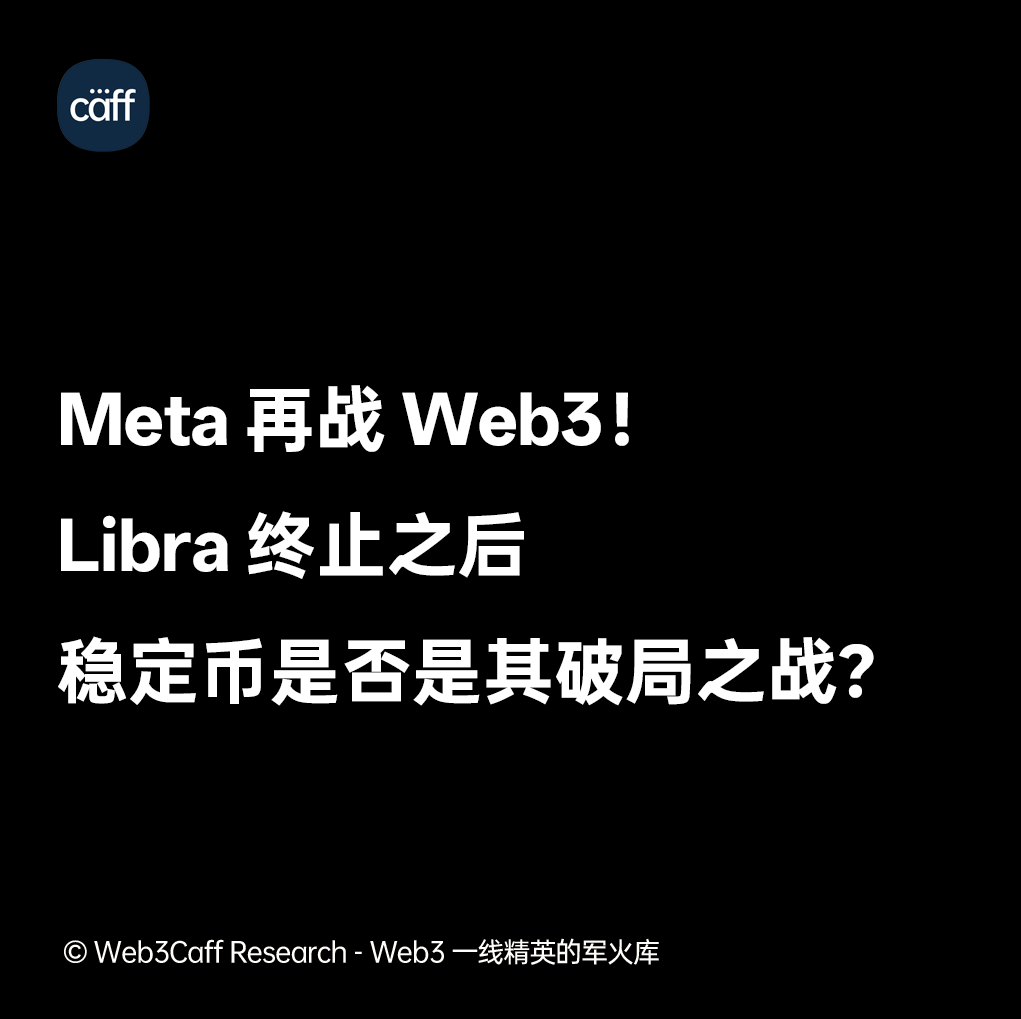Meta fights Web3 again! After the termination of Libra, will the stablecoin market be its game-breaker?
In recent years, the stablecoin market has evolved from a marginal instrument in the crypto space to a core component of the global financial infrastructure.
As of February 2025, the stablecoin supply has reached $214 billion, with an annual transaction volume of $35 trillion, which is twice the size of Visa's annual transaction volume[1] and a further increase from $200 billion in December 2024.
Tether (USDT) leads the way with a market capitalization of over $143 billion, followed by USD Coin (USDC) with $58 billion, with a combined market share of about 86% [2].
Other stablecoins such as Pax Dollar (USDP) and PayPal's PYUSD also have a presence in the market. Stablecoins are an ideal base tool for decentralized finance (DeFi) because their value is pegged to fiat currencies (such as the US dollar) and have low volatility.
Behind this fast-growing market is a combination of factors. The market growth is driven by the widespread adoption of stablecoins by fintech companies, increasing demand for payments globally, and potential regulatory clarity.
For example, Bitwise predicts that the stablecoin market could double to $400 billion in 2025, in part due to stablecoin legislation that could be passed by the U.S. Congress [3].
In addition, the entry of traditional financial institutions such as Ripple, Mastercard, Visa, ABN AMRO ING, and Stripe shows that stablecoins are gradually integrating into the mainstream financial system.
In addition, the reserve composition of stablecoins is also evolving. Since 2022, reserves for stablecoins such as USDC have shifted from US Treasuries to reverse repo agreements and cash, while USDT's reserves have shifted from high-credit risk assets such as commercial paper to more stable assets. This change reflects the market's increased demand for transparency and stability.
Against this backdrop, the movements of tech giants are particularly eye-catching. We know that Meta (formerly Facebook) launched its ambitious Libra project (later renamed Diem) in 2019 with the aim of creating a global digital currency.
However, the project was terminated in 2022 due to strong opposition from the U.S. Congress and other regulatory bodies.
Fast forward to 2025, when Meta is once again entering the stablecoin space, planning to use stablecoins to manage payments, especially small payments to content creators (e.g., on Instagram).
✜ The preview section has ended, and the remaining hidden hardcore content is here 👇
Show original
26.11K
1
The content on this page is provided by third parties. Unless otherwise stated, OKX is not the author of the cited article(s) and does not claim any copyright in the materials. The content is provided for informational purposes only and does not represent the views of OKX. It is not intended to be an endorsement of any kind and should not be considered investment advice or a solicitation to buy or sell digital assets. To the extent generative AI is utilized to provide summaries or other information, such AI generated content may be inaccurate or inconsistent. Please read the linked article for more details and information. OKX is not responsible for content hosted on third party sites. Digital asset holdings, including stablecoins and NFTs, involve a high degree of risk and can fluctuate greatly. You should carefully consider whether trading or holding digital assets is suitable for you in light of your financial condition.

